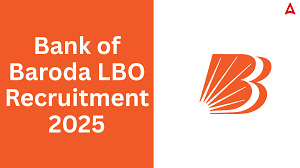A Mumbai-based company was denied a bank account by Yes Bank because it lacked an Aadhaar card, and the Bombay High Court ordered the bank to compensate the company with Rs.50,000. Given that the Supreme Court has previously decided that Aadhaar is not required in order to open bank accounts, the Court declared that the bank's action was incorrect.
When a business called Microfibres Pvt Ltd. approached Yes Bank to create a current account in January 2018, the problem started. Nevertheless, the bank informed the business that an Aadhaar card was required in order to open the account.
Even though the Supreme Court had previously given interim directions stating that Aadhaar should not be required for opening bank accounts, the bank later responded in writing in April 2018. Finally, on September 26, 2018, the Supreme Court issued its final ruling, unequivocally declaring that no one can be made to furnish Aadhaar in order to open a bank account.
The company informed the court that it has been unable to rent out its commercial property in Mumbai for more than a year due to the lack of a bank account. The family of the company's deceased founder-director suffered financial difficulty as a result. His unmarried daughter and widow were reliant on the property's monthly rental revenue of about Rs.1.5 lakh.
At first, the company claimed a full year's worth of lost rent and demanded Rs.10 lakh in compensation.
Court Decision
Judges M.S. Sonak and Jitendra Jain heard the case and concluded that Yes Bank had no justification for rejecting the bank account following the official overturning of the Aadhaar law on September 26, 2018.
The judges also pointed out that the bank was given an opportunity to address the compensation claim in 2018, but they chose not to do so. Although the court acknowledged that the company deserved some relief, it stated that the Rs.10 lakh compensation demand was excessive.
The court ordered Yes Bank to pay Rs.50,000 as compensation, stating that it would not force the corporation to go through other legal processes due to the unique circumstances of the case.
The bank has been given eight weeks to make the payment. This case serves as a warning that banks cannot force Aadhaar on customers when it is not necessary and must abide by the law.














